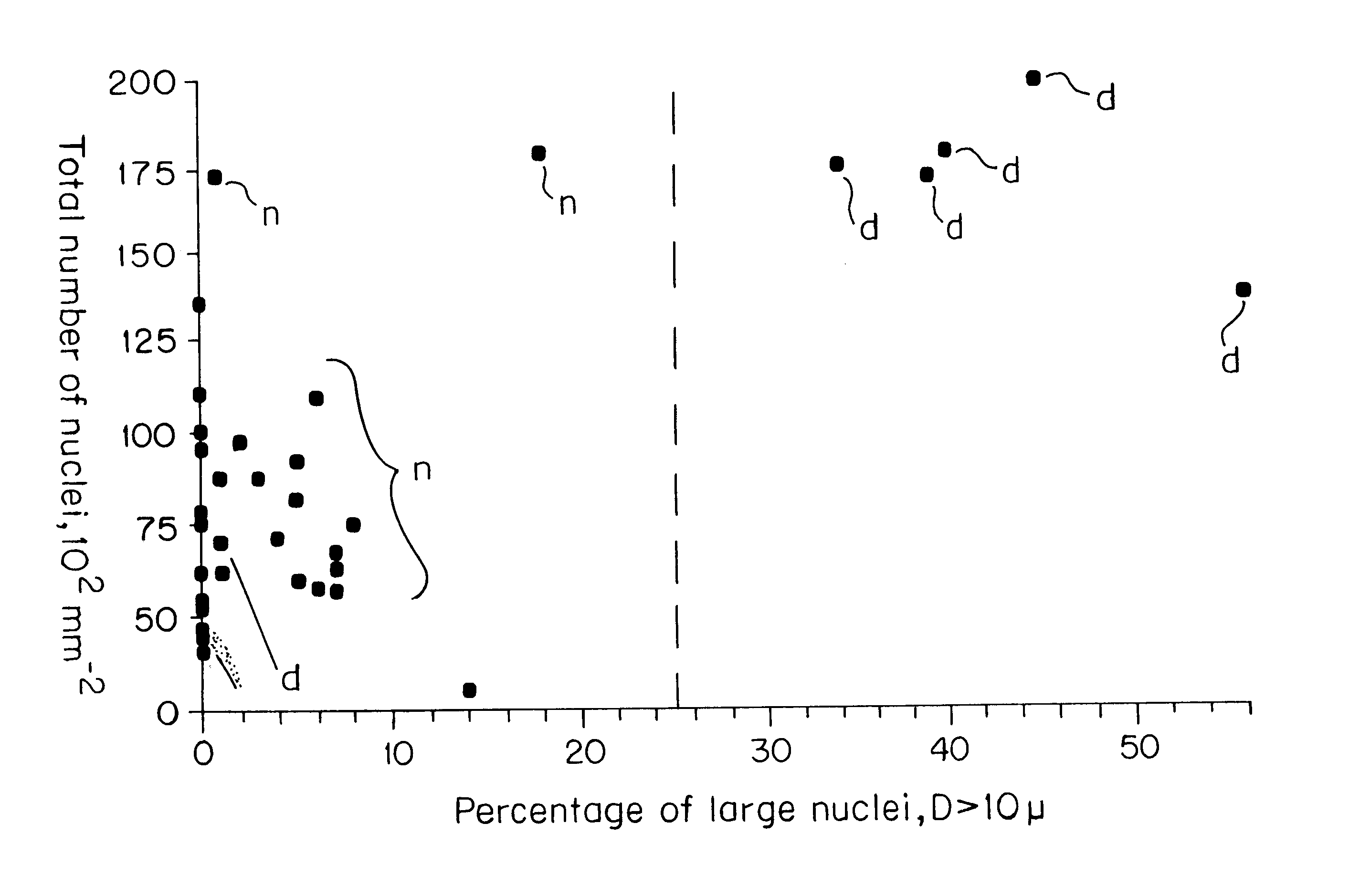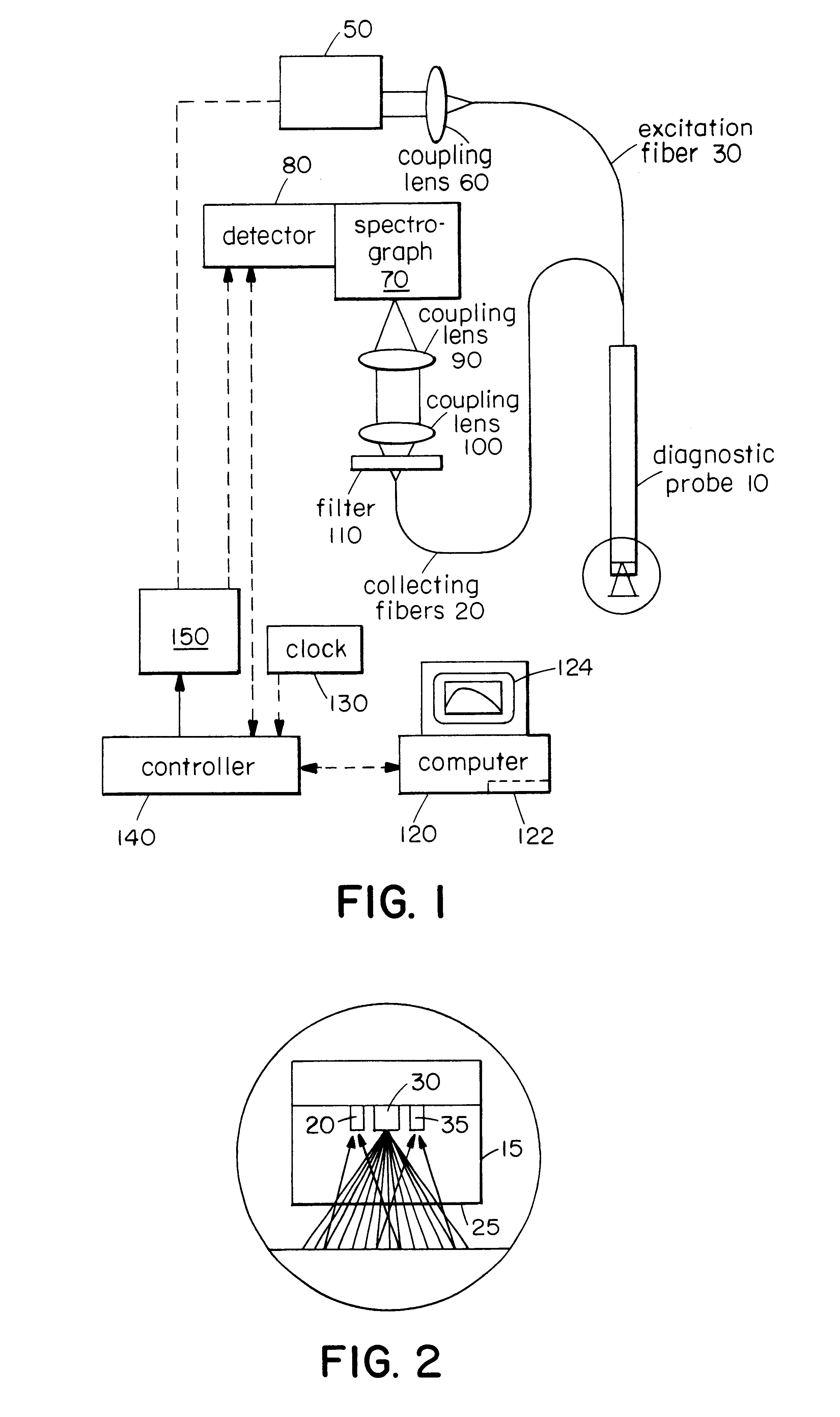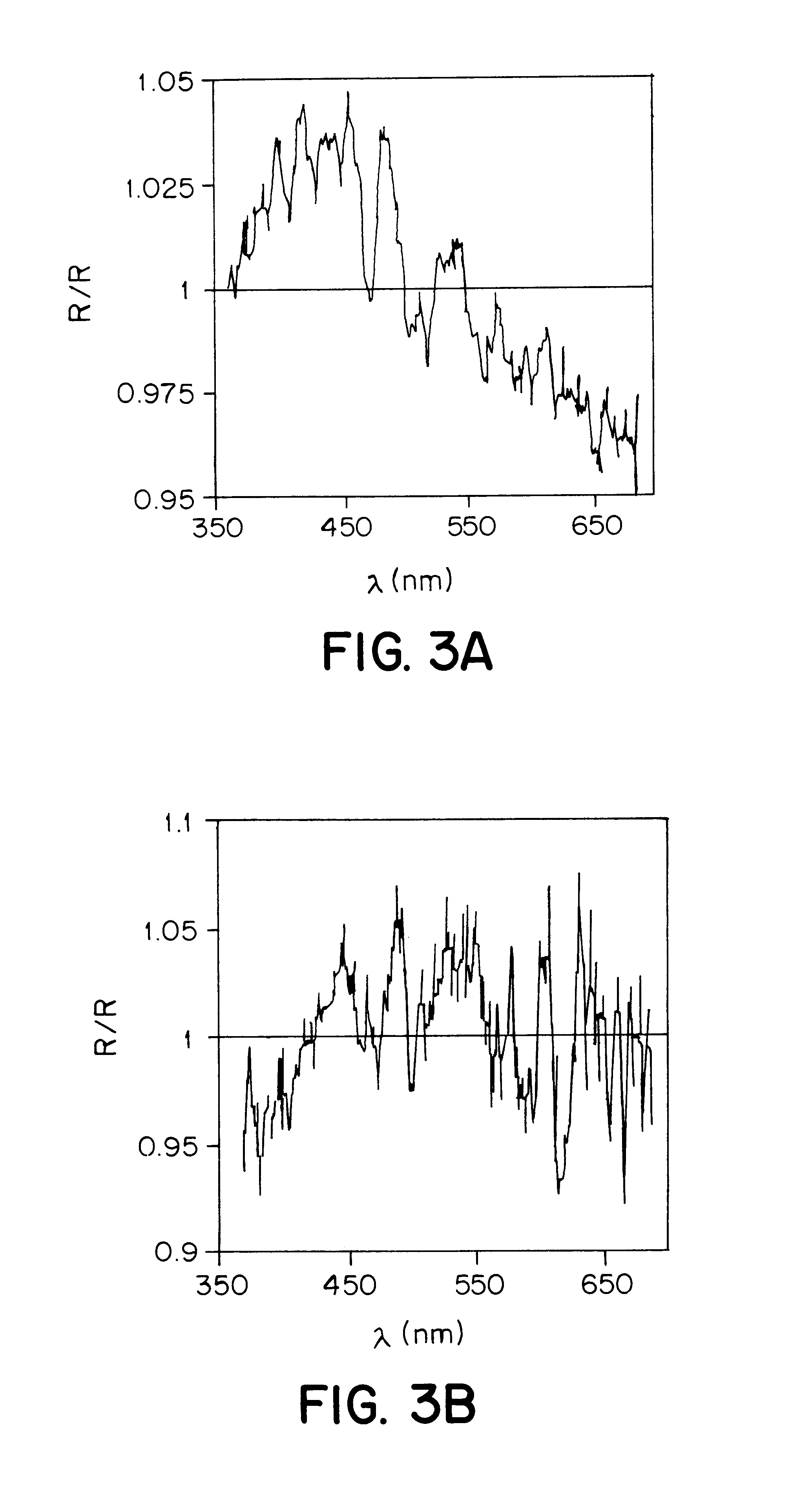Method for measuring tissue morphology
a tissue morphology and morphology technology, applied in the field of tissue morphology, can solve the problems of inability to reliably diagnose dysplasia in-vivo, limited dysplastic changes, and huge sampling error potential, and achieve the effects of reducing the level of background light, increasing the nucleic acid density, and increasing the refractive index
- Summary
- Abstract
- Description
- Claims
- Application Information
AI Technical Summary
Benefits of technology
Problems solved by technology
Method used
Image
Examples
Embodiment Construction
[0031]A preferred embodiment of the invention involves the use of a fiber optic system to deliver and collect light from a region of interest to measure one or more physical characteristics of a surface layer. Such a system is illustrated in FIG. 1. This system can include a light source 50 such as a broadband source, a fiber optic device for delivery and / or collection of light from the tissue, a detector system 80 that detects the scattered light from the tissue, a computer 120 having a memory 122 that analyzes and stores the detected spectra, and a display 124 that displays the results of the measurement. A lens 60 can be used to couple light from the source 50 into the excitation fiber 30 of the probe 10. A filter 110 and lens system 90, 100 can be used to efficiently couple collected light to a spectrograph 70. A controller 140 connected to the data processing system 120 can be connected to a clock and a pulser 150 that controls the light source 50.
[0032]The distal end 15 of the...
PUM
| Property | Measurement | Unit |
|---|---|---|
| wavelengths | aaaaa | aaaaa |
| wavelengths | aaaaa | aaaaa |
| collection angle | aaaaa | aaaaa |
Abstract
Description
Claims
Application Information
 Login to View More
Login to View More - R&D
- Intellectual Property
- Life Sciences
- Materials
- Tech Scout
- Unparalleled Data Quality
- Higher Quality Content
- 60% Fewer Hallucinations
Browse by: Latest US Patents, China's latest patents, Technical Efficacy Thesaurus, Application Domain, Technology Topic, Popular Technical Reports.
© 2025 PatSnap. All rights reserved.Legal|Privacy policy|Modern Slavery Act Transparency Statement|Sitemap|About US| Contact US: help@patsnap.com



